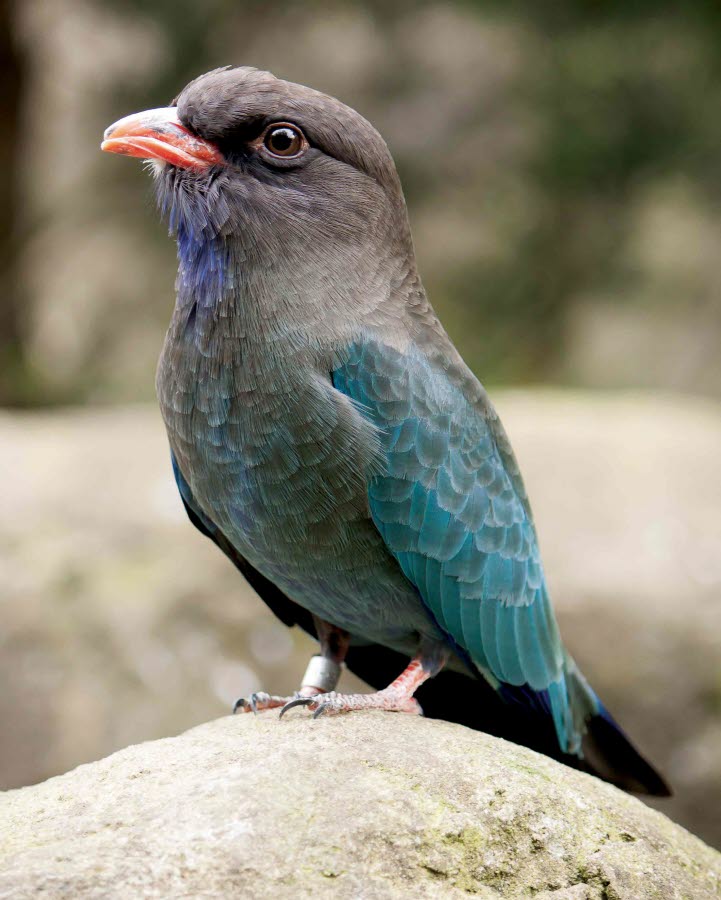
AVA Board member Dr. Bob Doneley gave some pearls of wisdom about collecting, storing and analysing avian blood at 2017's AVA Annual Conference. He likened haematology and biochemistry to a study of patterns – becoming familiar with these patterns can help identify any changes.
Dr. Doneley firstly addressed the importance of sample size, storage and time to laboratory testing to the quality of results. Vets should also be aware of how to collect and store samples that won’t be tested right away.
Another pearl of wisdom was to not over-interpret the results. Dr. Doneley gave the example of elevated amylase levels, which are often misinterpreted as pancreatic disease. Bob stressed that at any level, whether elevated or deceased, must be 2–3 times the reference interval. In short, the key is to look for significant changes in biochemical levels and don’t sweat the small ones. It is also important to relate results to patient history and presentation – numbers on paper alone are not sufficient to make a diagnosis. And be sure to question any unusual results; after all, laboratories test an enormous number of samples daily – mistakes can be made.
Dr. Doneley reiterated that elevated cell counts are often the result of stress from handling and not the result of an underlying condition. So it is important to be aware of any stressors that the bird may have experienced before blood sample collection. Importantly, looking at the differential cell count can help determine this, and can also help differentiate between the actual condition and handling stress. He gave real-life examples of biochemical and blood results, asking the audience to make a diagnosis.
Dr. Doneley provided an overview of the expected biochemistry of different avian diseases, including reproductive disease, gastrointestinal disease, liver disease and diabetes. Again, he stressed looking at relative values of the biochemical report as a whole, not just focusing on one or two parameters that appear elevated.
This article appeared in the July 2017 issue of the Australian Veterinary Journal
